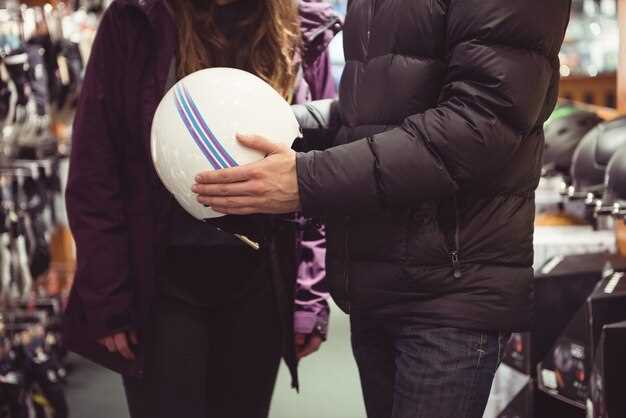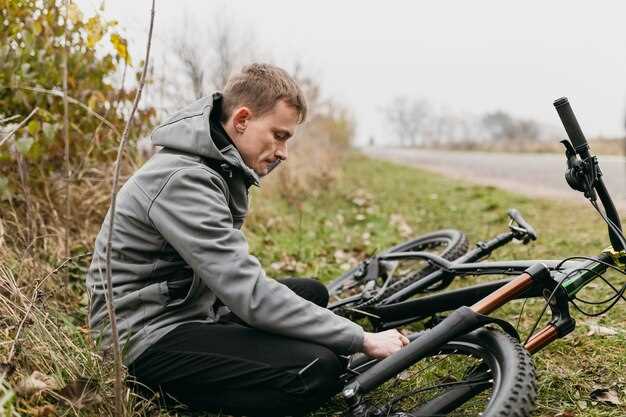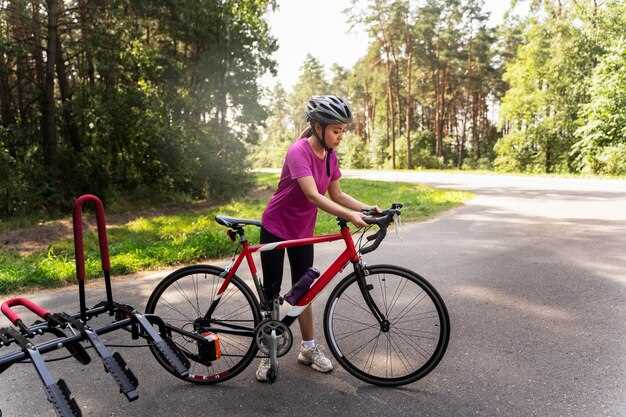
As a beginner in the exhilarating world of track racing, selecting the right bike is crucial to ensure a smooth and enjoyable experience on the velodrome. The variety of options available can be overwhelming, but understanding the fundamental aspects of track bikes will help you make an informed decision. This guide will focus on key factors that every beginner should consider when choosing their first track racing bike.
First and foremost, it is essential to recognize that track bikes are specifically designed for racing on smooth, banked tracks. Unlike road bikes, they feature a stiff frame, fixed gear setup, and no brakes, which allows for maximum speed and performance. As a beginner, you should evaluate your own comfort level and riding style, as this will play a significant role in finding a bike that suits your needs.
Additionally, when selecting your first track racing bike, consider the importance of frame material, size, and geometry. Aluminum and carbon fiber frames are popular choices due to their lightweight properties. Ensuring that the bike is correctly sized is critical for both performance and comfort; an improper fit can lead to strain and hinder your progress as a beginner. Take the time to test ride different models and consult experienced riders to determine what works best for you.
Choosing Your First Track Racing Bike: Tips for Beginners
When selecting your first track racing bike, it’s essential to prioritize an entry-level model that suits your budget and riding style. Entry-level bikes are designed to provide a balance between performance and affordability, making them ideal for beginners. Look for a bike with a lightweight frame, typically made of aluminum or steel, as these materials offer a good compromise between weight and durability.
Pay attention to the gear ratio. Track racing usually involves fixed gear setups, so choose a gear ratio that matches your fitness level and track experience. A lower gear ratio can make it easier to accelerate, which is beneficial for newcomers.
Comfort is another crucial factor. While you’ll want a bike that performs well, it’s vital that the geometry suits your body type. Take the time to test ride a few models to find the right fit. Ensure that the saddle height and reach feel comfortable, as this will affect your overall performance and enjoyment.
Don’t overlook the importance of quality components. Entry-level bikes often come with basic components, so check for decent wheelsets and brakes. Investing a little more in better wheels can significantly enhance your riding experience and overall performance.
Finally, consider seeking advice from local track racing clubs or community forums. Engaging with experienced riders can provide valuable insights and recommendations tailored to your needs, helping you make an informed choice for your first track racing bike.
Understanding Bike Geometry for Optimal Performance
When selecting your first track racing bike, understanding bike geometry is crucial for achieving optimal performance. The geometric characteristics of a bike, including the frame size, angles, and measurements, significantly influence handling, speed, and comfort. For entry-level riders, grasping these concepts can enhance your riding experience and help you make an informed choice.
Key geometric components include:
| Component | Description | Importance |
|---|---|---|
| Top Tube Length | The horizontal distance between the seat tube and the head tube. | Affects reach and comfort; too long or too short can disrupt riding posture. |
| Seat Tube Angle | The angle of the seat tube relative to the ground. | Influences weight distribution and pedaling efficiency; steeper angles promote better power transfer. |
| Head Tube Angle | The angle of the head tube relative to the ground. | Impacts steering responsiveness and stability; a steeper angle fosters quicker handling. |
| Chainstay Length | The distance between the bottom bracket and rear axle. | Shorter lengths enhance agility; longer lengths provide better stability at high speeds. |
| Wheelbase | The distance between the front and rear wheels. | A longer wheelbase offers stability, while a shorter one improves acceleration and cornering. |
When choosing an entry-level track racing bike, consider how each of these geometric aspects aligns with your riding style and goals. For instance, if you prioritize speed and responsiveness, a bike with a shorter wheelbase and steeper angles may be more suitable. Conversely, if you prefer stability for long rides, opt for a bike with a more relaxed geometry. Evaluate your comfort and handling preferences to find the right balance that enhances your performance on the track.
Ultimately, understanding bike geometry is essential for selecting a track racing bike that meets your unique needs. Begin your cycling journey with the right foundation to ensure an enjoyable and successful pursuit of your racing ambitions.
Choosing the Right Gearing Setup for Your Skill Level

When selecting your first track racing bike, the gearing setup is crucial to optimizing your performance and ensuring a comfortable ride. For beginners, particularly entry-level riders, understanding the basics of gear ratios can significantly enhance your racing experience.
Entry-level track bikes typically come with a single-speed setup, which simplifies the riding experience by eliminating the need to shift gears. This allows beginners to focus on pedaling technique and cadence without the added complexity of multiple gears. A standard gear ratio for entry-level bikes often ranges between 40 to 50 teeth on the front chainring and 15 to 18 teeth on the rear cog, depending on the event’s requirements and your fitness level.
Choosing a gear ratio that suits your skill level is essential. A higher gear ratio provides more speed but requires greater strength and cardiovascular endurance to maintain. Conversely, a lower gear ratio may allow for easier acceleration and climbing, making it more accessible for novice riders who are still building their strength. It’s advisable for beginners to start with a more moderate gear ratio that allows for steady acceleration while ensuring they do not overly exert themselves.
Additionally, consider your racing goals. If you’re primarily focused on sprint events, opting for a slightly higher gear ratio may be suitable, while endurance cyclists might benefit from a lower ratio to sustain energy over longer distances. Testing different setups, if possible, can provide insight into what feels most comfortable and efficient.
Finally, consult with experienced riders or track coaches. Their insights can guide you in finding the optimal gearing setup that aligns with your current abilities and future aspirations. As you progress and improve your skills, you can gradually experiment with different gearing options to enhance your racing performance.
Assessing Bike Fit and Comfort for Improved Control

For beginners in track racing, selecting the right bike is critical not only for performance but also for comfort and control. A well-fitted bike enhances handling capabilities, allowing for better maneuvering during races. Here are key factors to consider when assessing bike fit and comfort:
- Frame Size: Choosing the correct frame size is fundamental. Stand over the top tube and check if you have 1-2 inches of clearance. This provides a good starting point for sizing.
- Seat Height: Proper seat height is crucial for effective pedaling. When seated, your leg should have a slight bend at the bottom of the pedal stroke. Adjust until it feels natural and comfortable.
- Handlebar Height: The height and reach to the handlebars affect control and comfort. Beginners should aim for a position that allows a slight bend in the elbows, providing stability without straining the back.
- Reach: The distance from the seat to the handlebars should allow for a relaxed riding position without stretching. A shorter reach can lead to improved control but may feel cramped, while a longer reach may enhance speed but sacrifice comfort.
Additionally, consider the following:
- Test Rides: Take the bike for a test ride to assess comfort levels. Pay attention to how the bike handles in different positions.
- Adjustments: Be open to making small adjustments after your initial rides. Your body may adapt and reveal areas needing tweaks.
- Seek Professional Help: If you’re unsure, consulting a professional bike fitter can provide personalized insights for optimal fit.
By taking the time to properly assess bike fit and comfort, beginners can significantly enhance their control over the bike, leading to a more enjoyable and successful racing experience.
